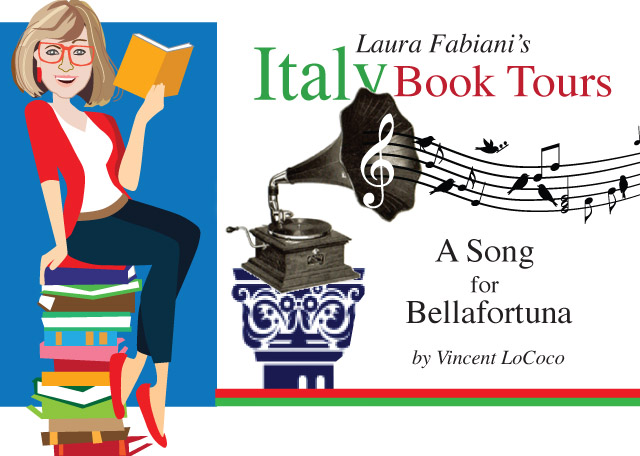
A book review for Laura Fabiani’s Italy Book Tours: Reviewing books that are set in Italy, have an Italian theme, are written by an Italian author or translated from Italian.
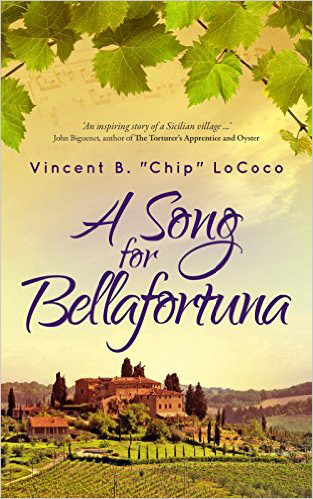
“A Song for Bellafortuna” è un nuovo romanzo storico scritto da Vincent LoCoco. È una storia dolce e un po’ prevedibile che si sviluppa pian piano. Come anticipato dalla citazione in copertina, questa è una storia ispirata, e come tale, e’ come una favola. Gli abitanti innocenti del villaggio di Bellafortuna sono minacciati e dominati da un signore dispotico che controlla il loro paese. Possono liberarsi dalla famiglia ricca e crudele che domina e controlla loro e la loro economia? Mentre leggevo la storia, visioni di Mr. Potter e George Bailey (personaggi del film “La vita è meravigliosa”) hanno galleggiato nella mia testa!

“A Song for Bellafortuna” is a new Italian historical novel written by Vincent LoCoco. It is a sweet story and a little predictable that unfolds at a slow pace. As the tagline of the books states, it is intended as inspirational fiction, and as such, it has a storybook quality and unfolds like a child’s fairy tale. The innocent village people are threatened and dominated by a tyrannical overlord who controls their village. Can they come up with a plan to free themselves? Who will save them from succumbing to the richest family who dominates and control the villagers and their economy? As I read the story, visions of Mr. Potter and George Bailey (characters from “It’s a Wonderful Life” ) floated through my head!
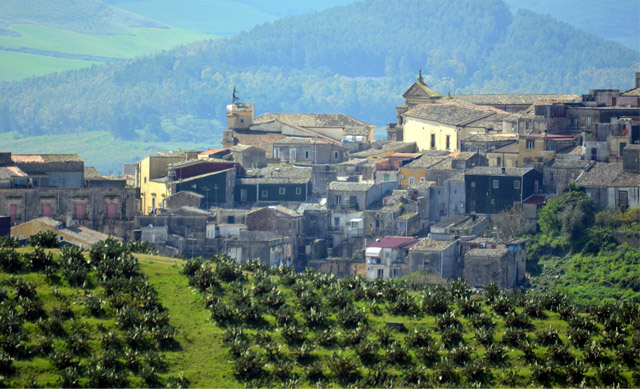
La differenza tra la trama di “La vita è meravigliosa” e “A Song for Bellafortuna” è che quest’ultima è ambientata in un villaggio immaginario in Sicilia. L’amore che l’autore prova per l’Italia, l’opera e la musica e’ molto evidente. Sono rimasta affascinata dalla storia fantastica che coinvolge anche il celebre tenore Enrico Caruso. Naturalmente ho fatto una ricerca su Google per saperne di più del famoso cantante d’opera. Ho scoperto che infatti, lui ha cantato nell’opera Fedor di Umberto Giordano al Teatro Lirico a Milano nel 1898 proprio quando i personaggi del libro erano lì a visitare la città per un viaggio d’affari. Un particolare storico non veritiero pero’ mi ha infastidita un po’: nella storia, mentre Caruso sta mangiando in un ristorante elegante a Milano, tira fuori una penna e disegna su un tovagliolo che poi dà a uno dei personaggi principali. Ho pensato che questo fosse un po’ strano: i tovaglioli di carta sono stati inventati in America nel 1931. Chi disegna su un tovagliolo di stoffa e poi lo dà a uno sconosciuto? A quel tempo Caruso non era nemmeno famoso, quindi non poteva spiegare il suo strano comportamento come il capriccio di un divo! È stato un punto della trama che ho non quadrava!
But the difference between the plot of “It’s a Wonderful Life” and “A Song for Bellafortuna” is that the latter is set in a fictional village in Sicilia. The author’s love for Italy, opera, and music are very apparent. I was intrigued by the fictional story that involves the famous tenor Enrico Caruso. Of course, I googled Caruso to learn more about the famous Italian opera singer and discovered that he did in fact sing in Umberto Giordano’s Fedor at the Teatro Lirico in Milan in 1898 when the characters were visiting northern Italy on a business trip. However, one historical detail bothered me just a tad. In the story Caruso while dining in an elegant Milanese restaurant is supposed to whip out a pen and draw a picture on a napkin which he gives to one of the main characters. I thought this a bit of odd. Paper napkins were invented in America in 1931 in America. So, who sketches on a linen napkin and then gives the restaurant’s linen away? Caruso wasn’t even famous then, so couldn’t claim such odd behavior as the whim of a divo. Just a fun little curiosity I noticed as I read.
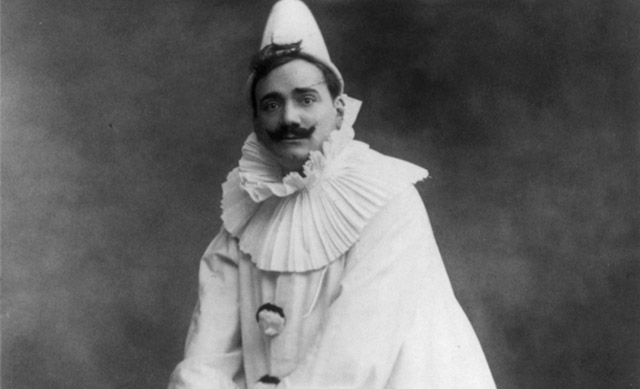
Sono molto contenta che l’autore abbia cosparso il suo testo inglese con frase italiane. È evidente che l’autore parli bene la lingua e non sia un principiante. Tuttavia, queste frasi in italiano sono state riportare subito dopo, tra parentesi, in inglese; qui sul blog io scrivo sempre in italiano e inglese però, stilisticamente, per far scorrere bene una storia di fantasia, avrei preferito che l’autore ci conducesse al significato delle parole italiane attraverso il contesto del racconto, piuttosto che traducendo le frasi parola per parola.
I applaud the author’s use of Italian throughout the book. It is clear that the author speaks the language and has more than a beginner’s knowledge of Italian. However, the phrases were pretty much all translated into English and included directly after the Italian phrase in parentheses. Now, while I’m all about dual translation here on the blog, stylistically for the flow of a fictional story, I would have preferred the author lead us to the meanings of the Italian words through the English text, rather than direct translations.

Se decidete di leggere “A Song for Bellafortuna” ascoltate un’opera di Verdi o una registrazione di un grande cantante lirico come Caruso, mentre lo fate. Ascoltate la musica italiana mentre visitate le colline siciliane alla scoperta della città immaginaria di Bellafortuna nell’ultimo libro di LoCoco.
If you decide to read A Song for Bellafortuna you should listen to Verdi or great opera singers like Caruso while doing so. Enjoy a bit of music while meandering through the hillsides of Sicily, while discovering the fictional town of Bellafortuna in LoCoco’s latest book.

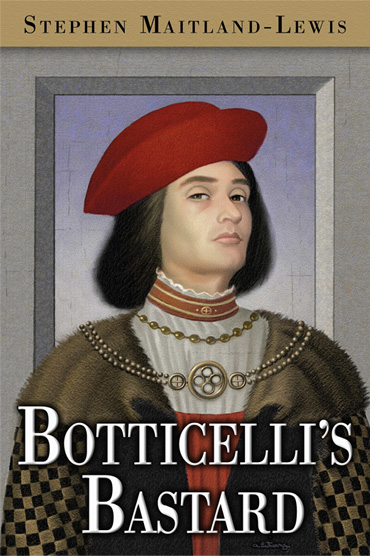
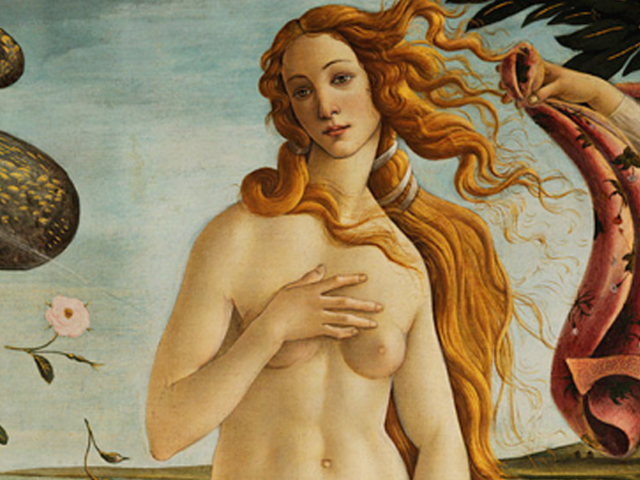
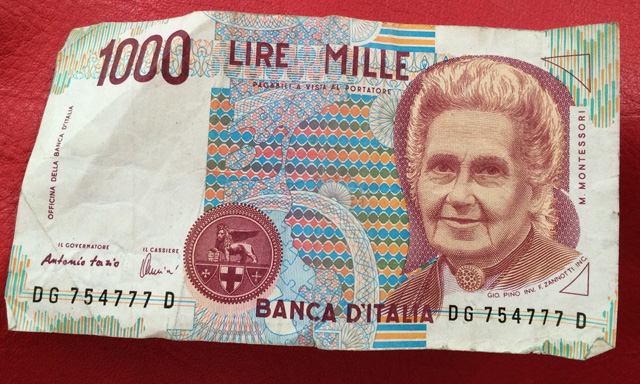
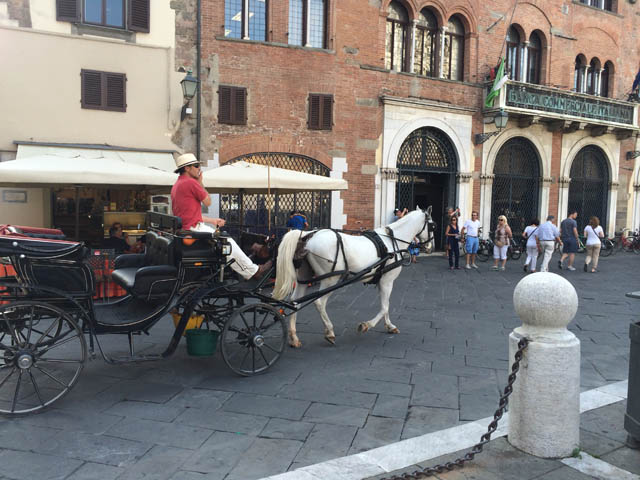







Melissa;
Garzie!! Thanks so much for the review. I would note I am quite impressed. The evil family, Vasaio, rules the village, In Italian, Vasaio means Potter. You were the first reviewer to capture the tribute to It’s a Wonderful Life in the novel.
Of course, I can’t let your question on the napkin go without comment. From Caruso’s own son in writing about his father – “my father would write on anything, at anytime, from napkins to menus to even the tablecloth.”
Caruso was a force of nature. A man who from an early age enjoyed life. He would not shy away from drawing on a linen napkin.
Thanks again for your review and I love your website.